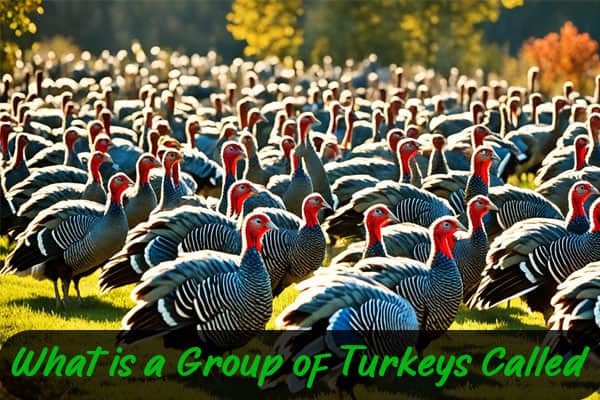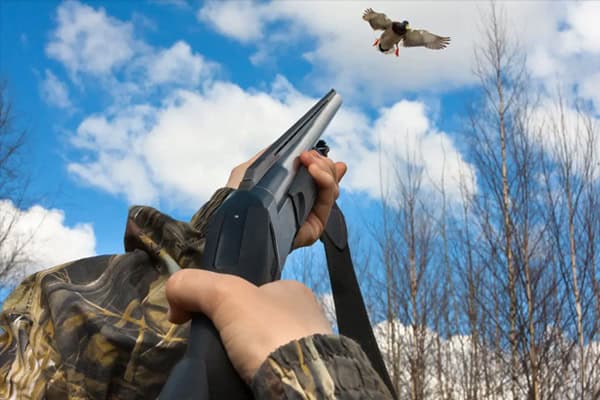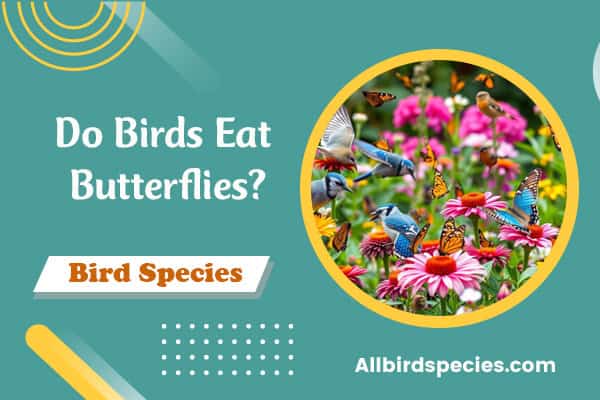What is a Group of Turkeys Called? Discover Now!
Ever thought about what to call a Group of Turkeys birds? They’re called “rafter.” This term comes from their history and how they act together. We’ll explore turkey rafters, their cultural importance, conservation, and the term’s origins.
Turkeys are amazing birds, especially how they stick together. Learning about the rafter will help us appreciate these birds more. We’ll see why they’re important in nature.
Irresistible Charm of Turkeys
Turkeys are captivating creatures that have won the hearts of people worldwide. Their turkey behavior and turkey characteristics make them interesting to watch and learn about. From their unique looks to their social ways, turkeys teach us a lot about nature.
Fascinating Facts About These Unique Birds
Turkeys stand out with their bright plumage. They have stunning colors like bronze, copper, and green. Their big tail feathers and wattle make them look special.
Turkeys are social birds that live in groups called “rafters.” They talk to each other with sounds like gobbles and clucks. They have complex social ranks and mating rituals too.
Looking into the turkey habitat and turkey natural history shows us more about them. Turkeys can live in many places, from forests to suburbs. They eat a variety of plants, bugs, and small animals.
“Turkeys are truly remarkable birds, with a captivating blend of physical beauty and fascinating behaviors.
Learning about turkeys’ unique traits and turkey natural history helps us appreciate them more. Their charm and interesting ways make them fascinating birds to explore.

Group of Turkeys: The Rafter
The term “rafter” is often used to describe a group of turkeys. This term has been around for centuries, showing how these birds live and interact. A rafter usually has a family group, led by a dominant male or “tom.” He guides the hens and their young, called “poults.”
Some rafters have just a few birds, while others can have dozens. Knowing about the “rafter” helps us understand these birds’ social lives and behaviors.
| Collective Term | Description |
|---|---|
| Rafter of turkeys | A group of turkeys, typically a family unit with a dominant male leading the flock |
| Flock of turkeys | A larger group of turkeys that may consist of multiple family units or a community of birds |
| Turkey herd | A term sometimes used to describe a larger, more loosely organized grouping of turkeys |
Turkeys are very social birds. The rafter structure helps them live well in their natural places. The dominant tom turkey leads the flock, deciding where to find food, rest, and move. The hens and their young poults follow him, making a tight and organized turkey collective term.
“The rafter of turkeys is a testament to the remarkable social organization and adaptability of these birds. Their tight-knit family groups and cooperative behaviors are truly fascinating to observe.”
Understanding the “rafter” term helps us see how these birds live and interact. By learning about a rafter of turkeys, we can see what makes these creatures so interesting.
The Fascinating History of the Rafter
The term “rafter” has a long history that goes back centuries. It shows how humans and turkeys have been connected for a long time. Turkeys roost on the rafters or beams of buildings or trees. This behavior led people to call a group of turkeys a “rafter.”
Exploring the Origins of This Unique Term
The etymology of rafter tells us a lot about the bond between humans and turkeys. The word “rafter” comes from the Old English “ræfter,” meaning the horizontal beams in roofs and buildings. Turkeys roosting on these beams made the term “rafter” a way to describe a group of them.
The history of turkey groups shows that “rafter” is used worldwide to mean turkeys. This shows how widely recognized their roosting behavior is.
“The origin of rafter term is a testament to the enduring connection between humans and these remarkable birds, as we have long observed and documented their unique roosting habits.”
Learning about the history of the rafter helps us appreciate turkeys more. It shows how these birds have influenced human experience and language. This history also stresses the need to protect their natural homes and keep them in our culture.
Behavioral Insights into Rafters
Studying turkey rafters gives us deep insights into these amazing birds. Turkeys live in close family groups with a clear order and roles. By watching their interactions, we learn about their social life and how they adapt to their world.
Turkeys have a unique way of talking to each other. They use sounds like gobbles, purrs, and yelps for different reasons. They also use body language, like head-bobbing and wing-flapping, to show how they feel.
The social setup in a turkey group is complex, with a strict order. The big, older turkeys lead and make important decisions. The younger birds follow them and help keep the group together. This helps turkeys deal with dangers and find food.
| Turkey Behavior and Social Dynamics | Description |
|---|---|
| Communication | Turkeys use a variety of vocalizations, including gobbles, purrs, and yelps, as well as body language like head-bobbing and wing-flapping, to convey their intentions and emotions. |
| Social Structure | Turkeys have a clear hierarchy within their rafters, with dominant birds assuming leadership roles and subordinate birds following their lead. This social dynamic helps the group navigate their environment and respond to various challenges. |
| Flock Behavior | Turkeys are highly social creatures that form close-knit family groups. They coordinate their movements and activities within the rafter, demonstrating a sophisticated level of cooperation and cohesion. |
Learning about turkey flock behavior, turkey social structure, and turkey communication helps us understand these amazing birds better. By studying turkey rafters, we see how smart and adaptable these birds are.
“The more we learn about the social dynamics and communication within turkey rafters, the more we appreciate the intelligence and sophistication of these birds.”
The Importance of Rafters in Turkey Conservation
Keeping the natural homes and numbers of turkeys safe is very important. Understanding the role of the “rafter” is key to these turkey conservation efforts. Rafters are groups of wild turkeys that are vital for their survival.
Rafters give turkeys the social and family support they need to survive. Protecting the places where turkeys live and form their rafters is crucial. This helps keep these amazing birds in our ecosystems.
Preserving the Natural Habitats of These Majestic Birds
Protecting rafter habitats is key to saving wild turkeys. We need to use the land wisely, keep humans away from turkey homes, and fix damaged ecosystems. This gives turkeys the resources and space they need.
Working together, conservation groups, policymakers, and local communities can protect turkey habitats. This ensures turkeys can keep living in their natural homes.
“Protecting the natural habitats where turkeys can thrive is the cornerstone of our conservation efforts. By preserving the rafter, we ensure the continued presence of these majestic birds in our ecosystems.”
Keeping wild turkey populations and their rafter habitats safe is important for nature and for us. By protecting these birds and their groups, we make sure future generations can enjoy their beauty.
Read Our Previous Articles
| Woodpeckers in Virginia |
| Hummingbirds in Ohio |
| Easter Egger Rooster Vs Hen: Key Differences |
| American Robin Nests And Eggs |
| Birds Fighting or Mating: How to Tell the Difference |
Cultural Significance of Turkeys and Their Rafters
Turkeys have a deep cultural meaning in human societies. They are key in many traditions, customs, and beliefs. In the United States, they are closely tied to the Thanksgiving holiday. They also have a big role in Native American mythology.

The term “rafter” for a group of turkeys shows how much people respect these birds. This shows how much people admire their unique behaviors and social ways.
In Native American cultures, turkeys are seen as sacred animals. They carry deep spiritual and symbolic meanings. These birds are important in myths, showing their value in indigenous communities.
Turkeys are also a big part of the Thanksgiving tradition in America. Sharing a turkey meal with family and friends is a key part of American culture. It highlights the turkey’s role in American food and social life.
“Turkeys are not just birds on our Thanksgiving tables; they are living, breathing symbols of our shared heritage and the natural world we are privileged to protect.”
Turkeys mean more than just a holiday or tradition. They are part of human societies, bringing wonder, respect, and a connection to nature. Celebrating turkeys helps us see their lasting impact on us.
| Turkey Traditions | Turkey Symbolism | Cultural Significance |
|---|---|---|
| Thanksgiving | Native American mythology | American cultural heritage |
| Culinary celebrations | Spiritual and symbolic meaning | Reverence for the natural world |
| Gatherings with family and friends | Connection to the land and environment | Enduring legacy and influence |
Final Thoughts
Reflecting on our journey with turkeys and the term “rafter,” we find ourselves enchanted by these birds. We’ve learned about their history and how they help in turkey conservation. This shows us the deep connection we have with nature.
The term “rafter” highlights turkeys’ social and behavioral traits. It teaches us the value of appreciating the diverse life on Earth. As we admire these birds more, the term “rafter” becomes a key part of our knowledge of nature.
We invite our readers to explore more about turkeys and their rafters. By learning and connecting with these birds, we help protect their homes and ensure they thrive. Let’s celebrate the rafter and the role turkeys play in our ecosystem.






